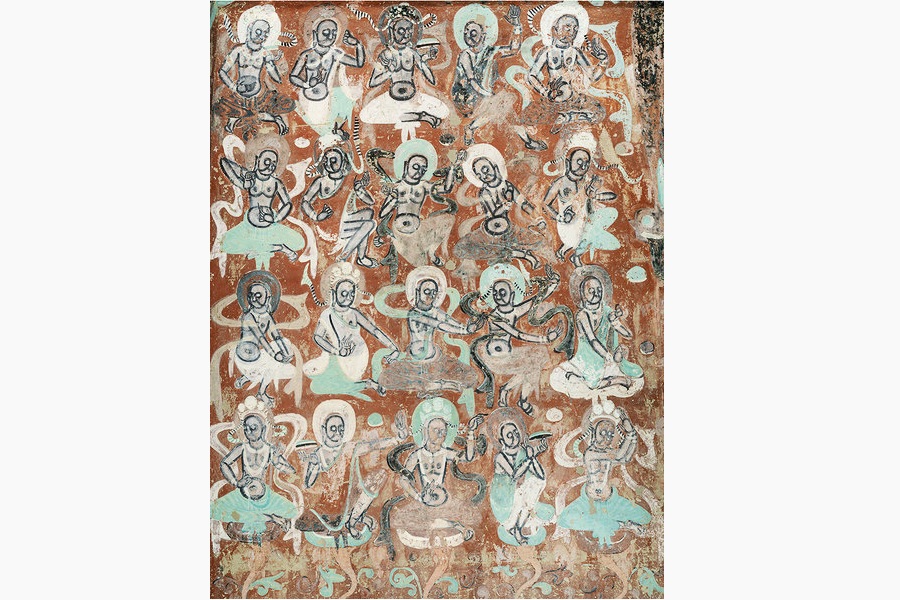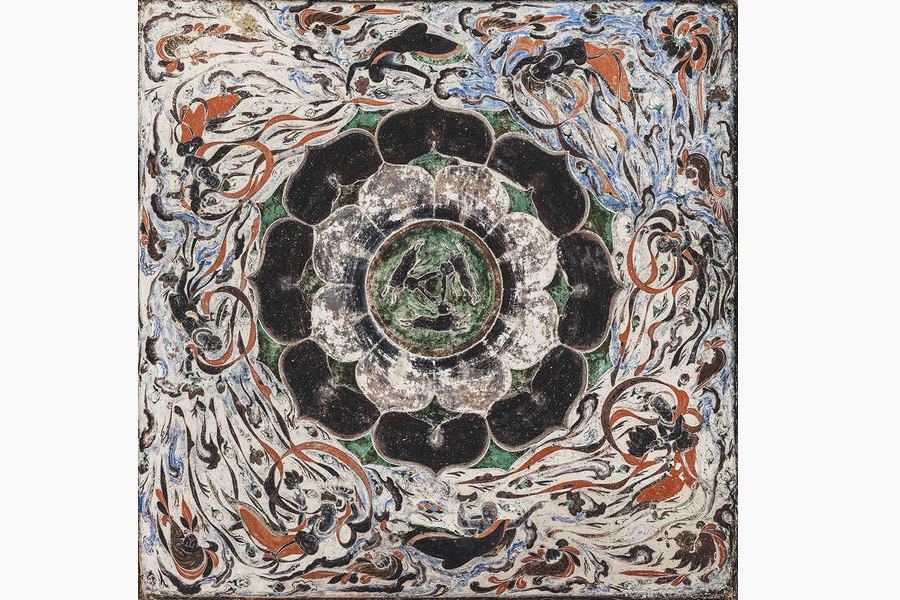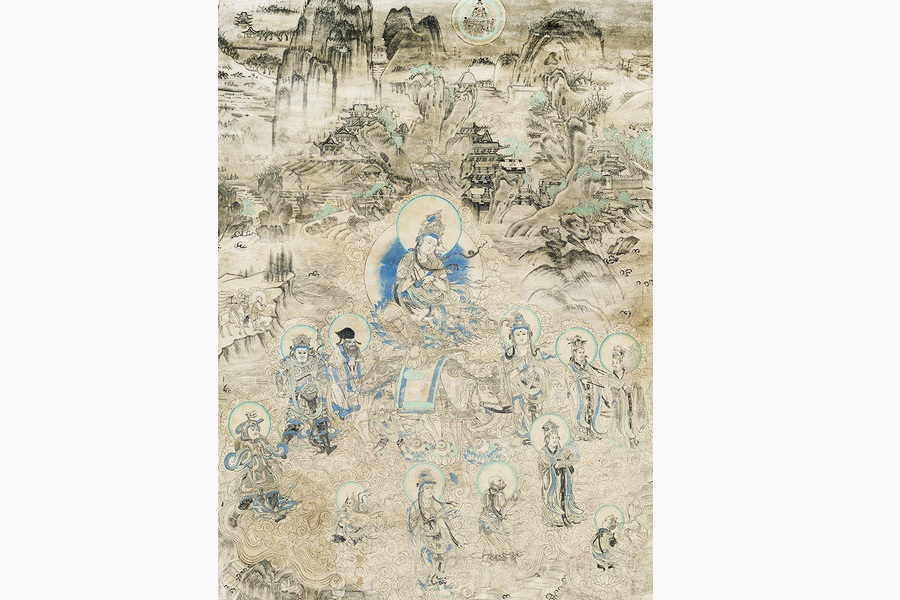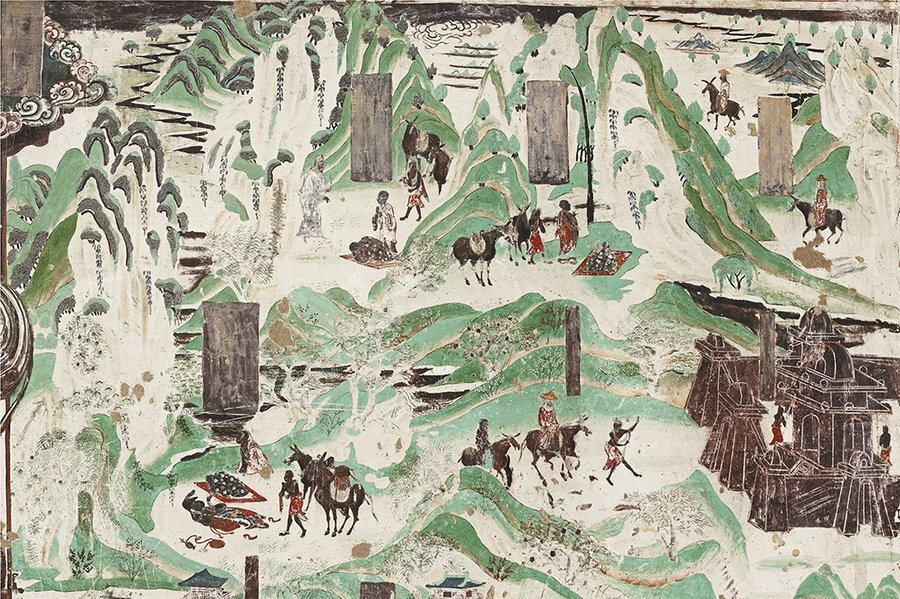Silkroads News
Preserving the pearl of the Silk Road: Dunhuang arts digitalize
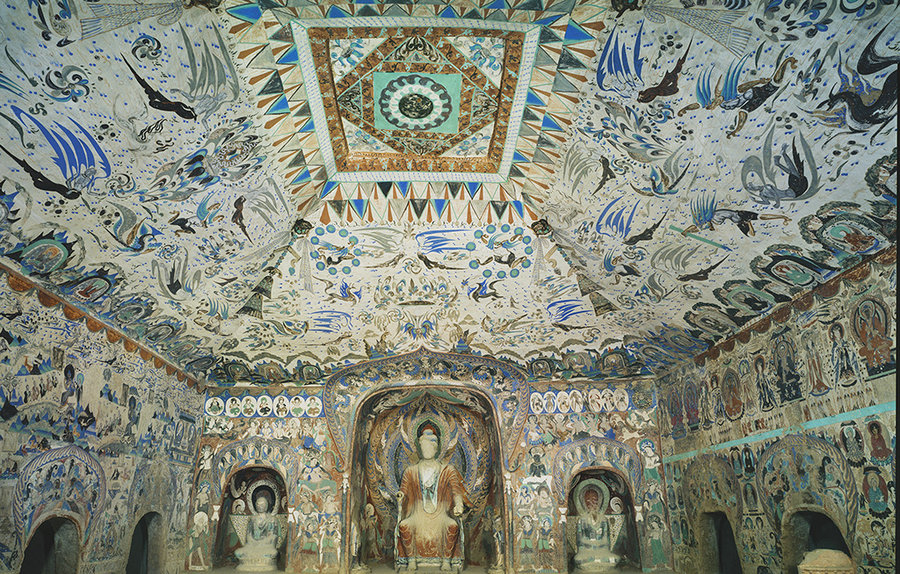 |
The largest and best preserved cave from the Western Wei Dynasty (Mogao Cave 285). [Photo/Chinaculture.org] |
"The Pearl of the Silk Road, the Digitalization of Cultural Inheritance: Digital Dunhuang Exhibition", cosponsored by China International Culture Exchange Centre and Dunhuang Research Academy, practices the Belt and Road Initiative and showcases the application of innovative technologies in conserving culture relics in Dunhuang grottoes.
The "Digital Dunhuang" project, having achieved significant progress in the digital preservation and virtual restoration of murals during the past decade, aims at offering both the academia and the public an easy access to the documents and art works of Duhuang. The love for art will eventually transcend all borders.
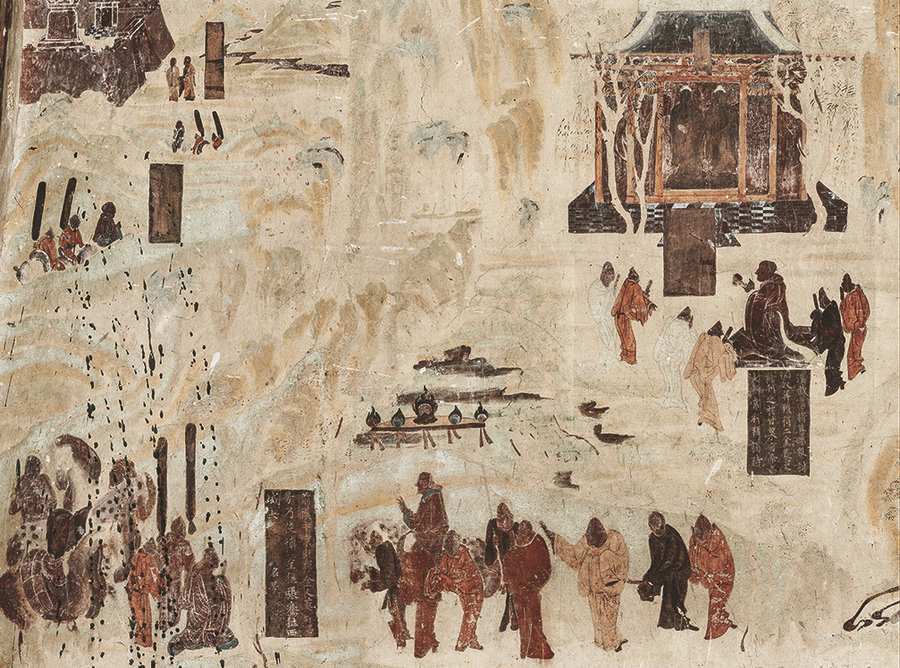 |
Zhang Qian dispatched to the Western Region, north wall (Mogao Cave 323). [Photo/Chinaculture.org] |
Dunhuang is an oasis surrounded by desert and gravel in Gansu province, northwestern China. The city once was the religious and cultural gateway on the renowned Silk Road, linking China, Western Asia and the sub-continent of India. Among the sites of important Buddhist monastic complexes, the most famous one belongs to the Mogao Grottoes, where today one can see a treasure trove of Buddhist art covering a span of more than a millenium.
The Mogao Grottoes, also known as Caves of Thousand Buddhas, are homes to Buddhist artworks of unparalleled beauty. Listed by UNESCO as one of the first Chinese world cultural heritages in 1987, this site contains a total of 45,000 square meters of murals and 735 caves constructed along the cliff facing east, extending from north to south.
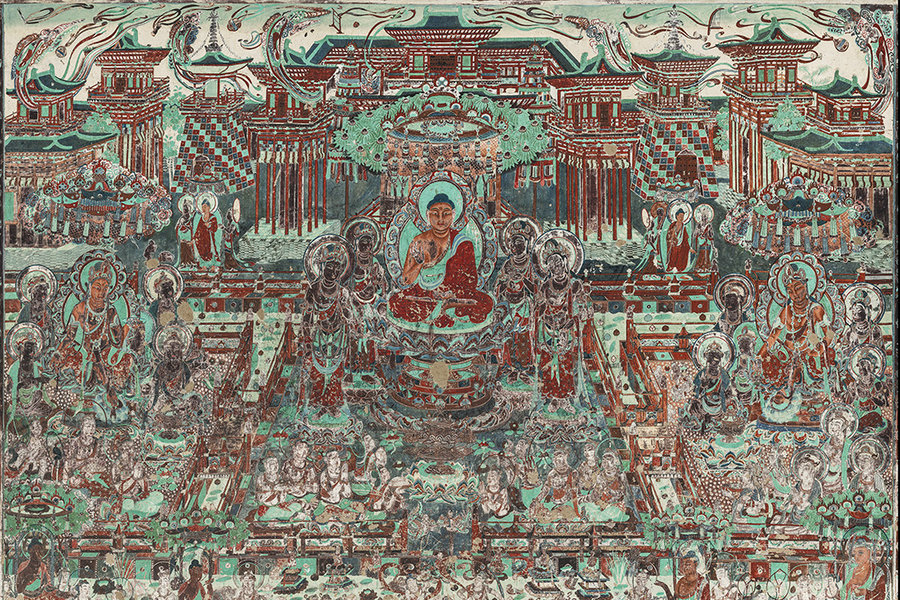 |
Western pure land, north wall (Mogao Cave 217). [Photo/Chinaculture.org] |
Chinese cave art, although derived from ancient Indian Buddhist culture, has accomplished far more than its Indian predecessor both in scale and in skill. Besides the ample achievement in visual art, Dunhuang caves exemplify the toleration and fusion of different cultures, assimilating artistic influences from metropolitan China, Central Asia and India into one unique style.
 | ||||||||||||
Flying apsaras, south wall (Mogao Cave 320). [Photo/Chinaculture.org]
|
Category: English
News
Silkroads News
Key words:

